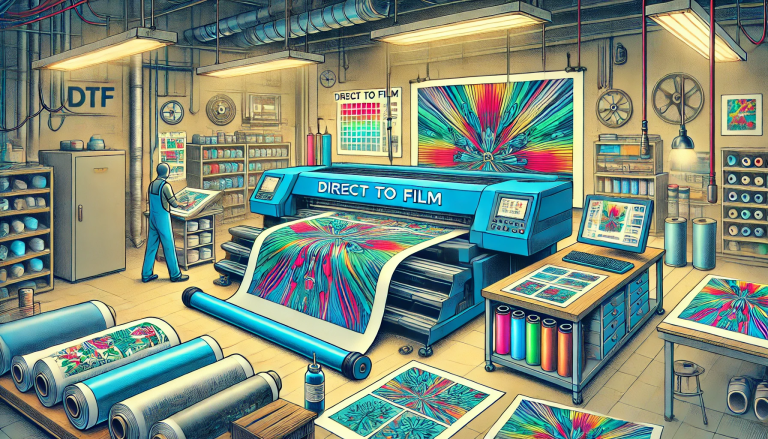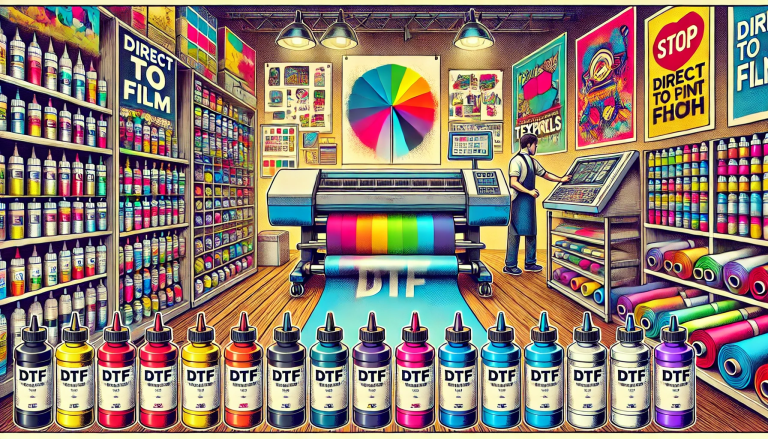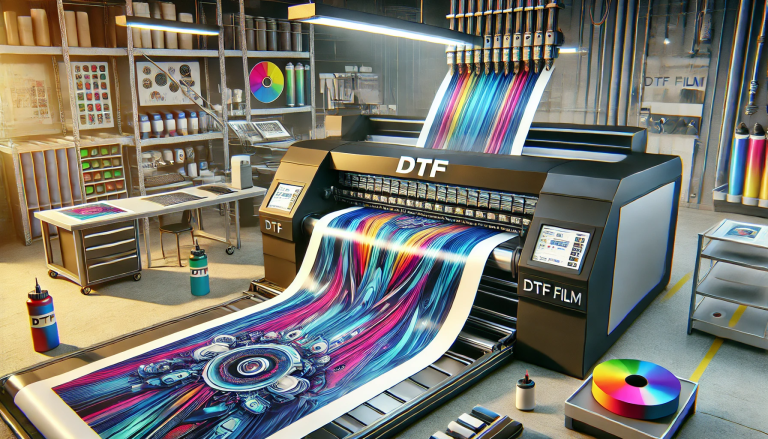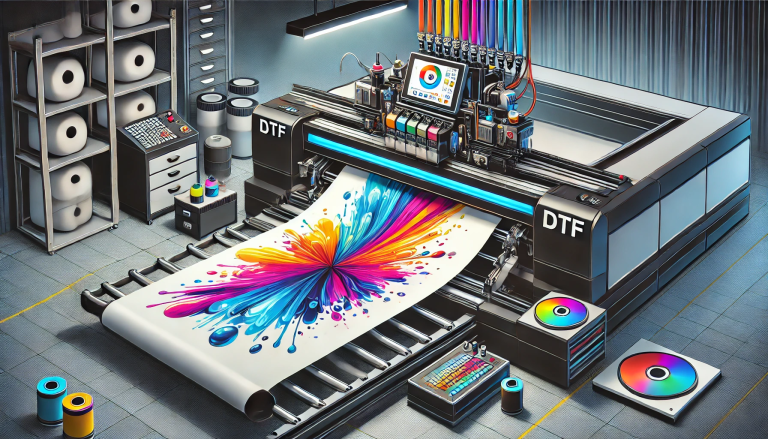“Which UV DTF Type is the Strongest?” -MAXDTF- China DTF UV Decal, Direct Transfer UV DTF Film Factory, Made in China
Welcome to our deep dive into the world of UV DTF (Direct to Film) printing! DTF technology has become increasingly popular due to its versatility in printing on a wide range of materials. Among the various DTF types, UV-cured DTF is particularly notable. But which UV DTF type is the strongest? Let’s dive in and find out.
What is UV DTF?
Firstly, a quick refresher. DTF or Direct to Film is a printing method where designs are printed directly onto a special release film. This film is then heat transferred onto various substrates like fabrics, ceramics, and more.
The UV in UV DTF refers to ultraviolet light. UV-cured inks are used in this process, and when these inks are exposed to UV light, they instantly dry and cure, making them more durable and resistant to various external factors.
Types of UV DTF Inks
There are a variety of UV DTF inks, but the most common are:
- Rigid UV DTF Inks: These are strong and durable, best suited for hard surfaces like wood, metal, and glass. They’re often used in industrial applications and offer high resistance to physical impact but might not be as flexible.
- Flexible UV DTF Inks: As the name suggests, these inks are more elastic and can stretch. They’re primarily used for materials that might be bent or flexed, such as certain plastics or flexible vinyl.
- Hybrid UV DTF Inks: Combining the best of both worlds, hybrid inks provide the strength of rigid inks while retaining some level of flexibility.
Strength Metrics for UV DTF
When evaluating which UV DTF type is the “strongest,” consider the following metrics:
- Adhesion: How well the ink adheres to the substrate, ensuring the print doesn’t peel off easily.
- Scratch Resistance: How resistant the print is to abrasions and scratches.
- Chemical Resistance: How the print withstands exposure to chemicals like solvents or cleaners.
- Flexibility: Especially crucial for materials that flex, bend, or stretch.
So, Which is the Strongest?
From a strictly durability and resistance perspective, rigid UV DTF inks generally come out on top. Their composition is such that they offer superior scratch, impact, and chemical resistance. This makes them ideal for substrates that will face a lot of wear and tear, especially in industrial settings.
However, it’s essential to note that “strength” is not just about resistance to wear. For applications requiring flexibility, such as clothing or soft signage, a “strong” ink would be one that doesn’t crack or peel when flexed, making flexible UV DTF inks the better choice.
Hybrid UV DTF inks offer a middle ground. They might not always be as durable as rigid inks or as flexible as the flexible variants, but they provide a balanced profile making them strong contenders for diverse applications.
Conclusion
The strongest UV DTF type depends heavily on the application. While rigid UV DTF inks offer superior durability, flexible and hybrid inks cater to different needs. Always consider the specific requirements of your project when choosing a UV DTF type. This will ensure that your prints not only look fantastic but also stand the test of time and use.






